Kenneth McConkey recounts the story of how two great Irish painters, John Lavery and William Orpen, recorded the greatest ballerina of her generation, Anna Pavlova
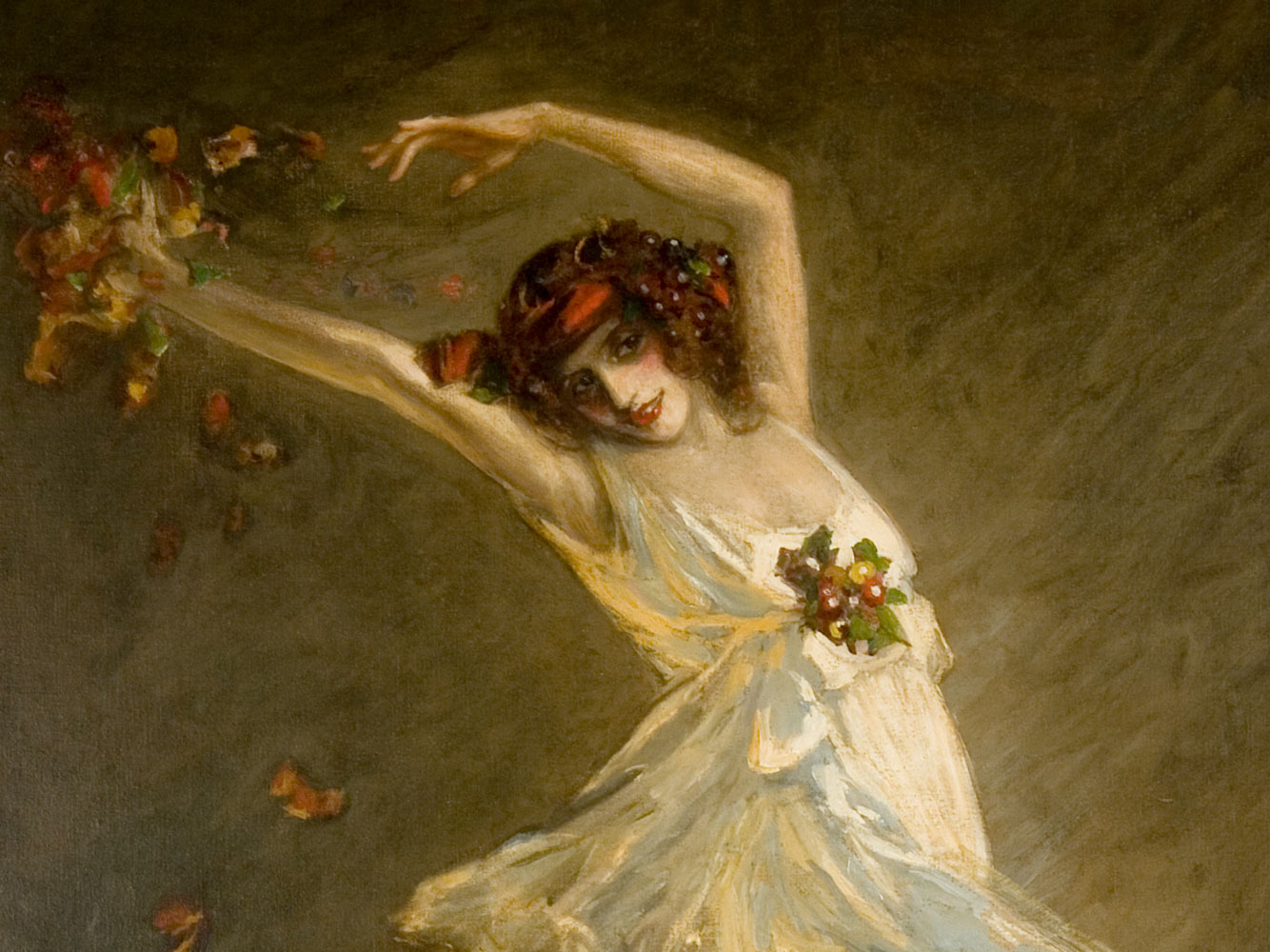
In 1906, a prodigy appeared in St Petersburg. Anna Pavlova, daughter of a washerwoman and unknown father, was appointed prima ballerina of the Imperial Russian Ballet at the Mariinsky Theatre. Thereafter, her rise was meteoric. Within two years she had conquered the northern European capitals, before arriving in Paris in 1909. After a brief spell in Sergei Diaghilev’s Ballets Russes, she left to pursue a stellar solo career. The break occurred on the eve of a lucrative engagement in New York and a contract to open in April 1910 at the Palace Theatre in London with a thirty-five-minute selection of short divertissements drawn from her most famous ballets. In this she would be supported by her dance partner, Mikhail Mordkin, and four ballerinas from the Imperial Ballet. It mattered little that her programme followed warm-up acts that included Lily Hayes, a comedienne, Selbo, a club juggler, the Palace Girls, a performance in Kinemacolor of the one-reeler Paris, the Gay City and other short newsreels. Acclaim was universal. News columns were cleared and front pages in the illustrated weeklies were held as editors scoured the agencies for images. Headlines declared Pavlova ‘the world’s greatest dancer’ and a ‘peerless… priestess of illusion’.
To read this article in full, subscribe or buy this edition of the Irish Arts Review
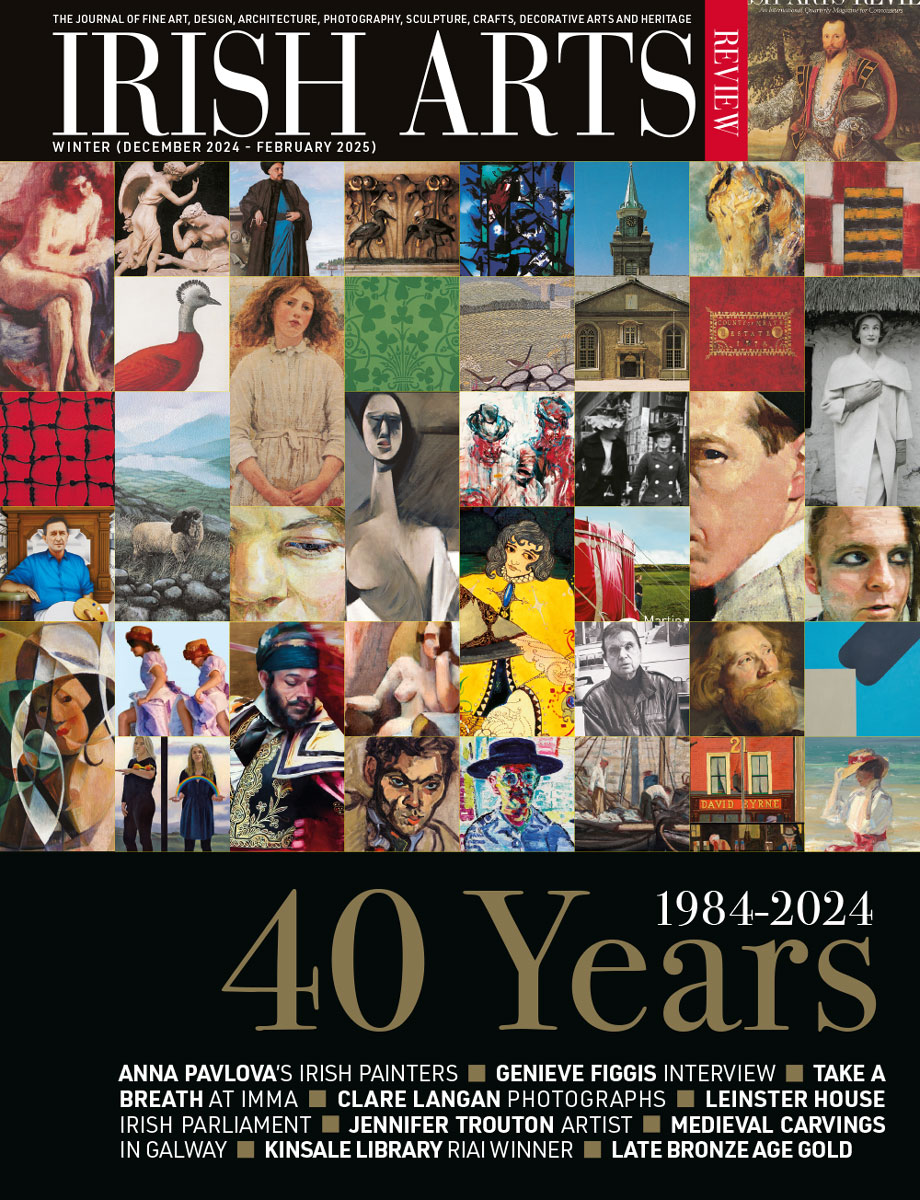
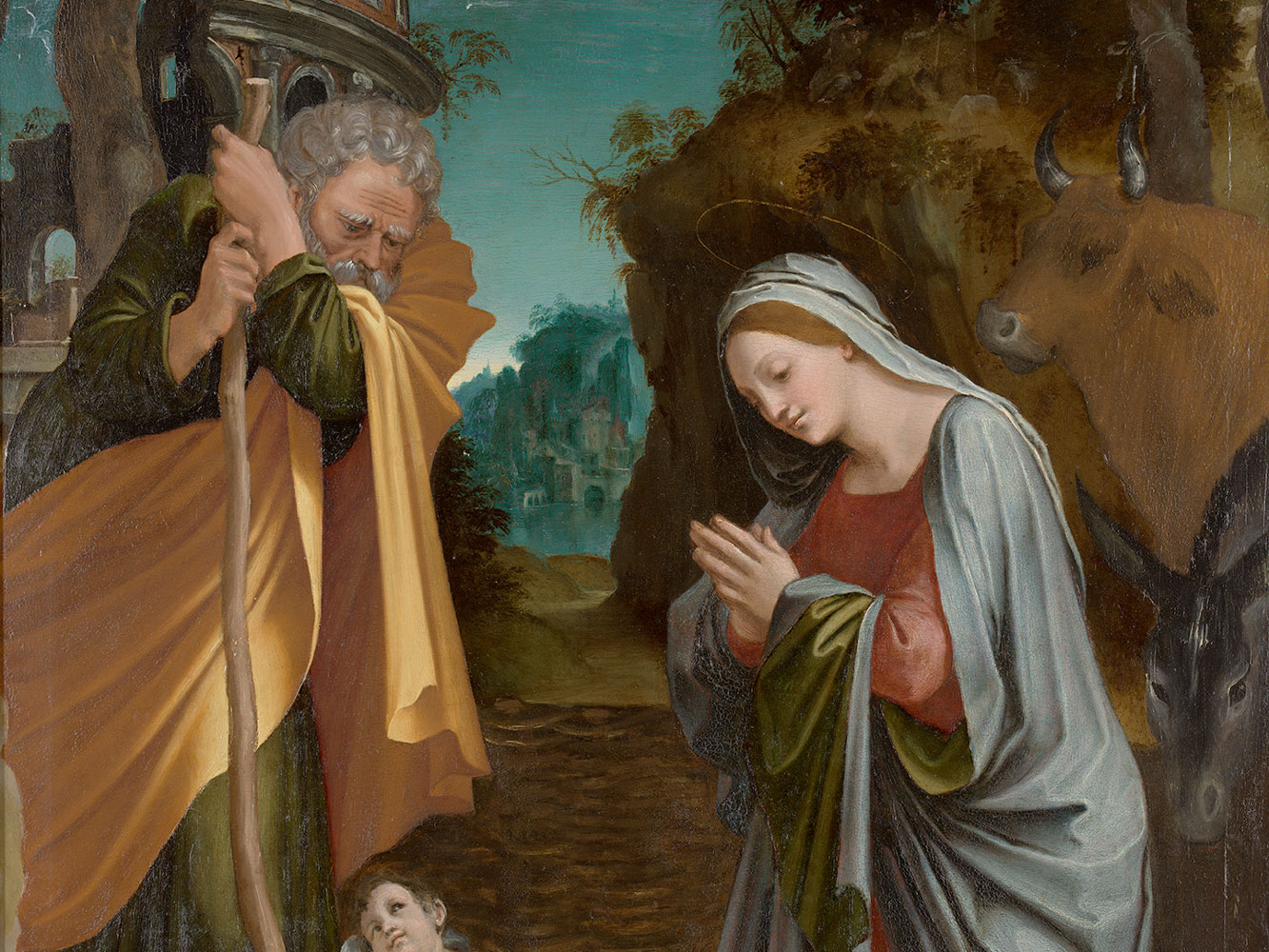
Anne Stewart selects The Nativity by Baldassarre Peruzzi from the Ulster Museum collection
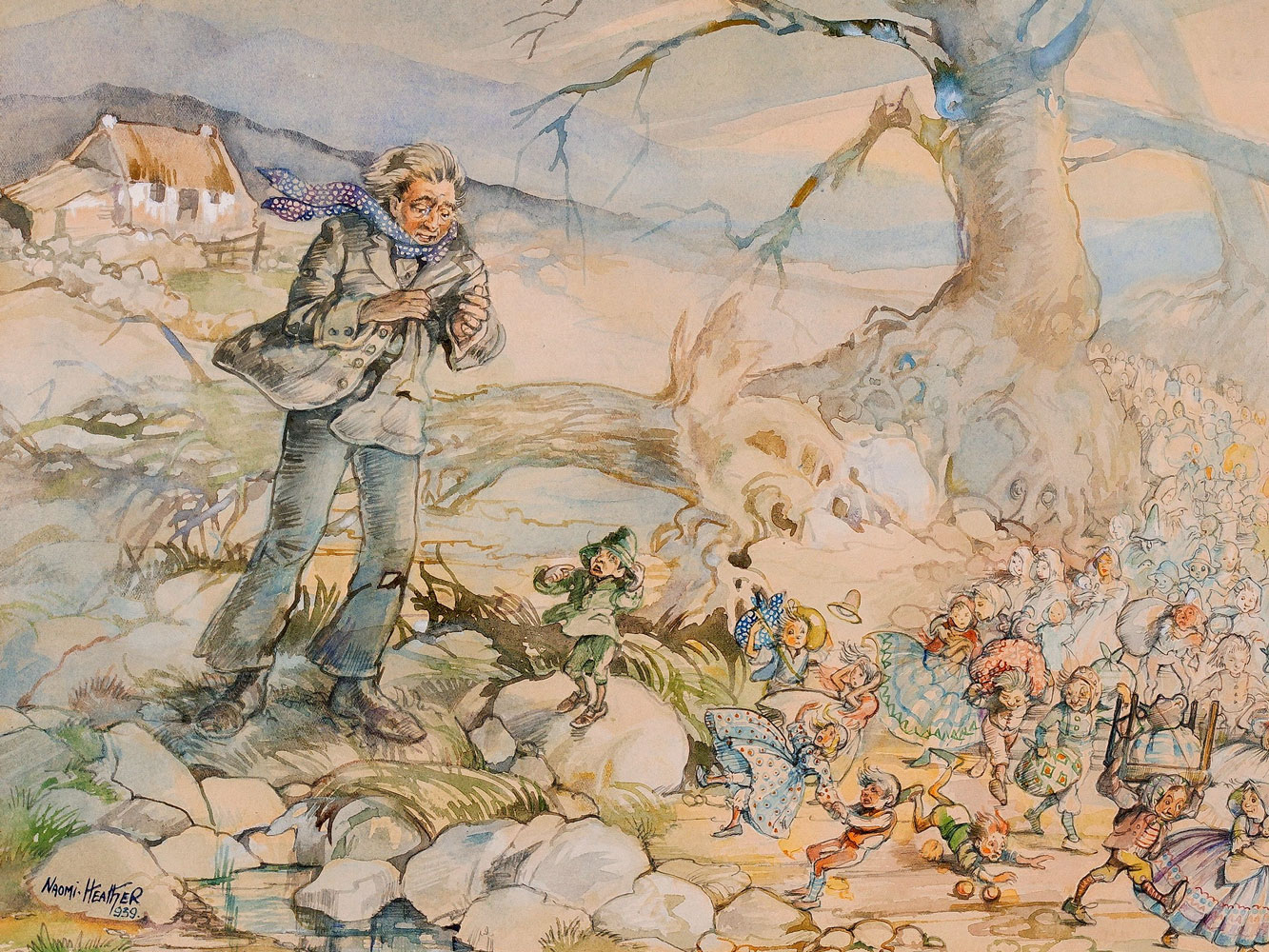
Marie Lynch celebrates the life and work of illustrator and watercolour artist Naomi Heather
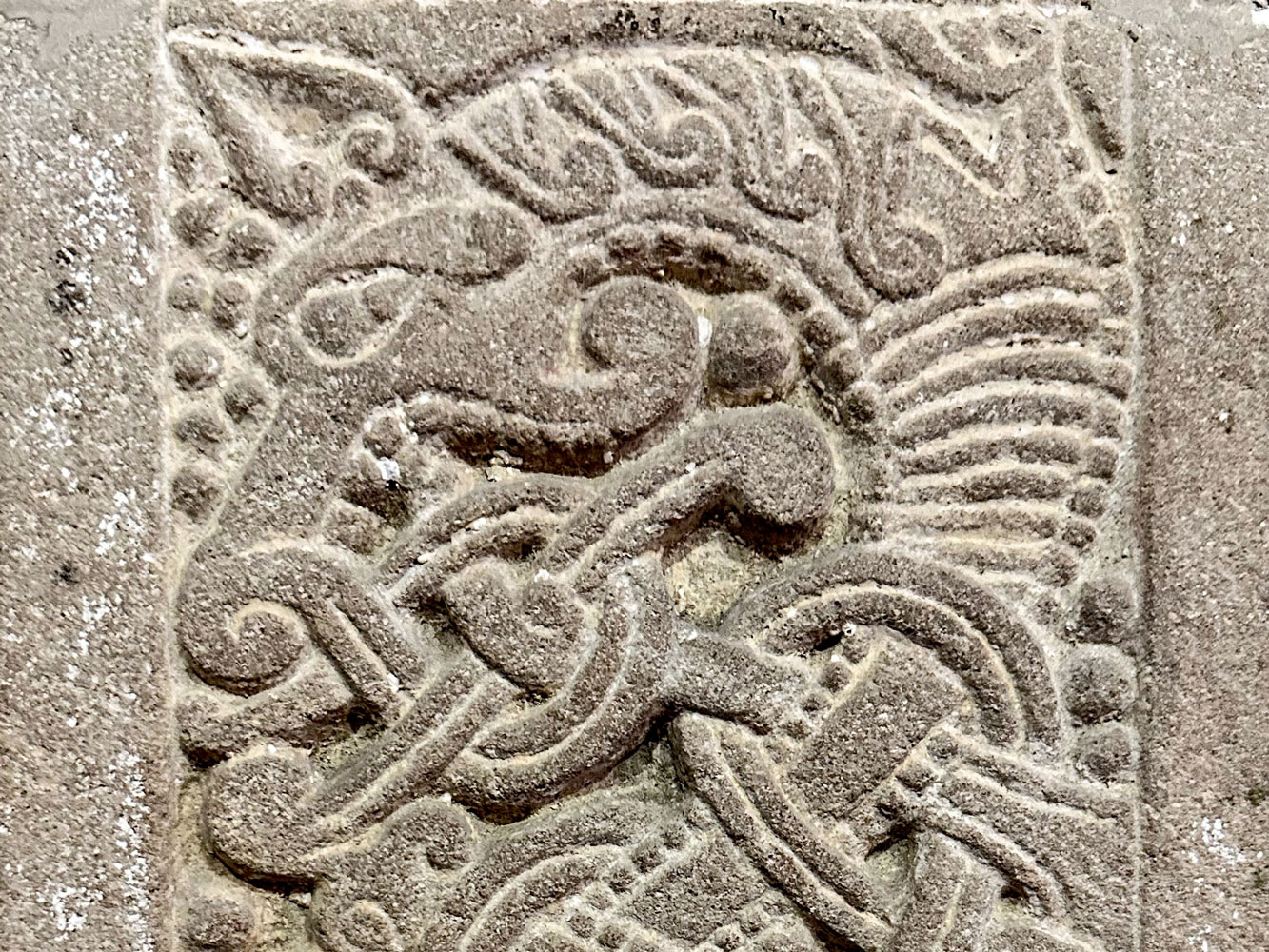
St Mary’s Cathedral in Tuam, Co Galway is a veritable shrine of Romanesque art, writes Roger Stalley